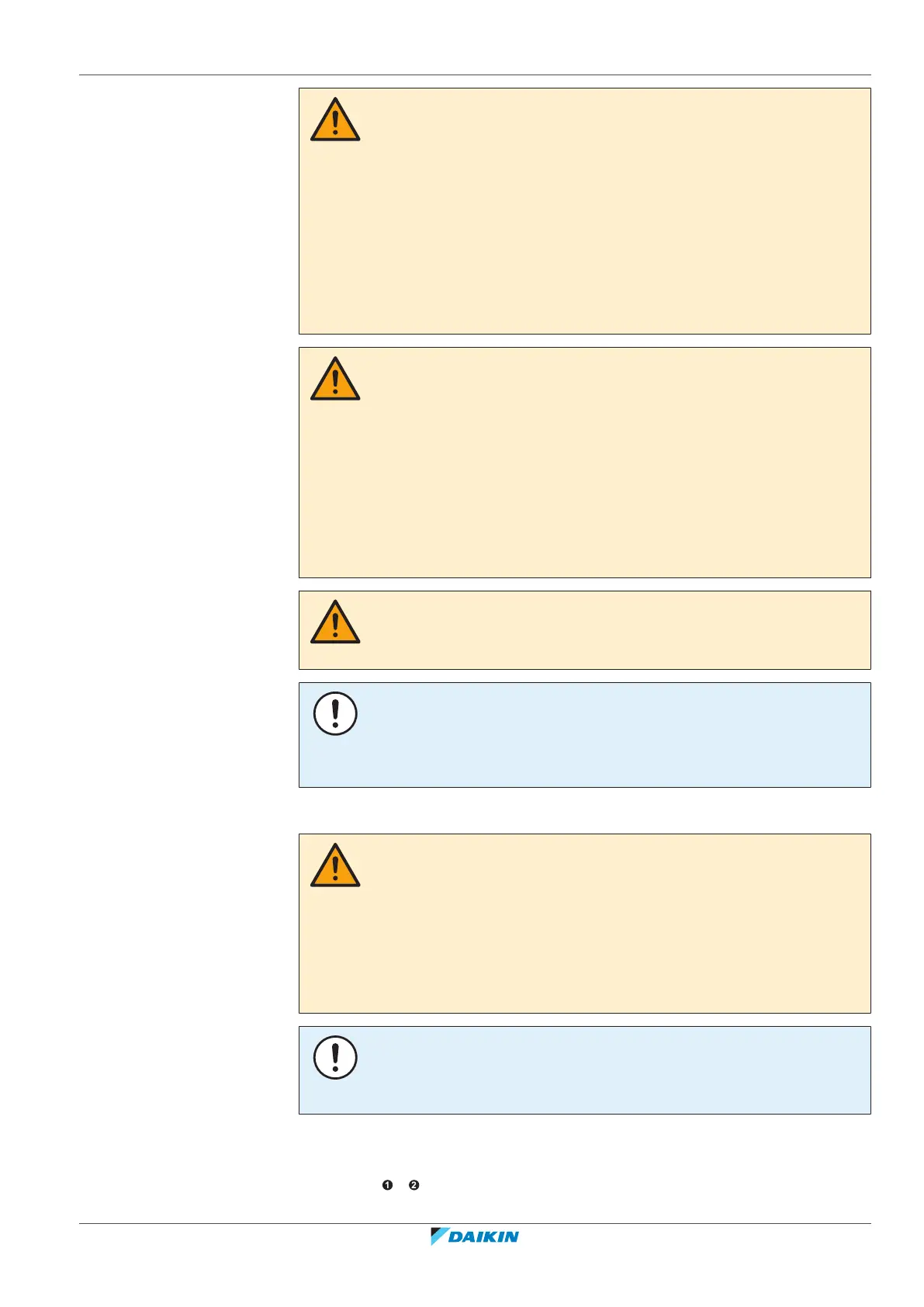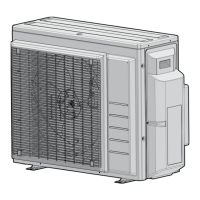

Do you have a question about the Daikin 4MXM80A2V1B9 and is the answer not in the manual?
| Cooling Capacity | 8.0 kW |
|---|---|
| Heating Capacity | 9.0 kW |
| Refrigerant | R32 |
| Power Source | Outdoor Unit |
| Type | Multi-Split System |
| Power Supply | 220-240V, 50Hz, 1 Phase |
| Outdoor Unit Noise Level | 49 dB(A) |
Safety precautions related to the refrigerant type.
Safety precautions for electrical connections and wiring.
Safety precautions for handling the outdoor unit, including touching parts.
Safety guidelines for installing the outdoor unit and its site.
Guidelines for selecting and preparing a suitable installation location.
Specific requirements for the outdoor unit's installation site.
Instructions and precautions for mounting the outdoor unit.
Requirements and guidelines for preparing refrigerant piping.
Procedures and precautions for connecting refrigerant piping.
Steps and precautions for checking the refrigerant piping for leaks.
Information on when and why refrigerant charging is necessary.
General safety precautions to follow during refrigerant charging.
How to calculate the amount of additional refrigerant needed based on piping length.
How to calculate the total refrigerant amount for a complete recharge.
Step-by-step procedure for charging additional refrigerant.
Procedure for checking refrigerant leaks after the charging process.
Procedures for trial operation and testing of the system.
Troubleshooting guide based on observed symptoms.
Diagnosing issues using the LED indicators on the outdoor unit PCB.











